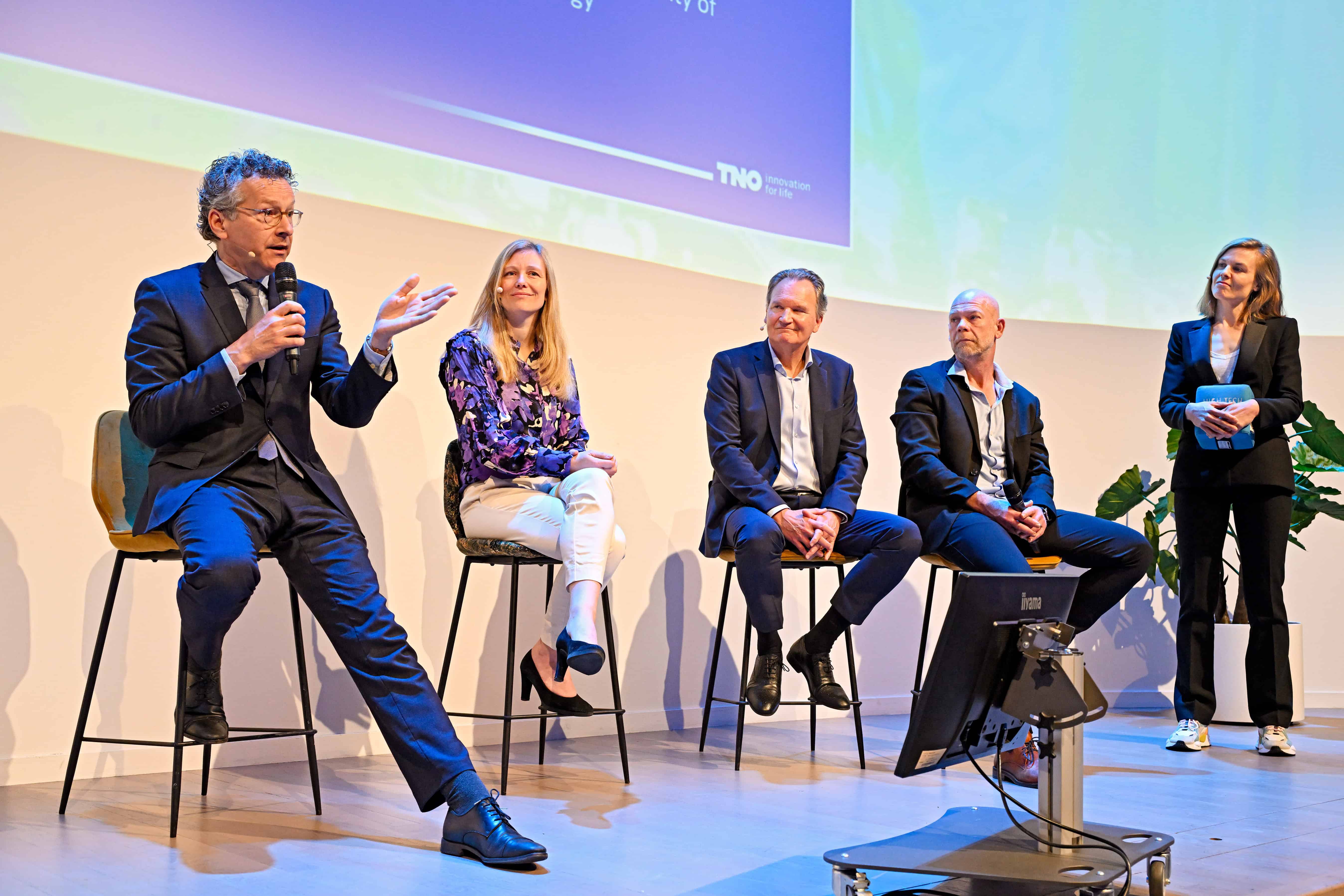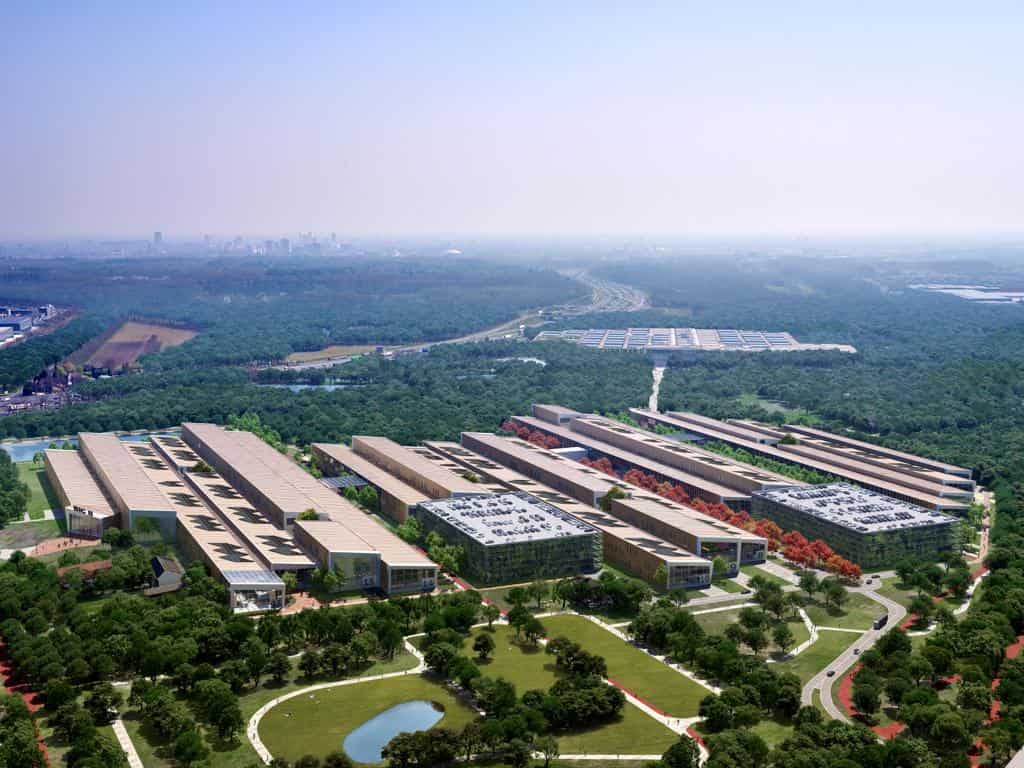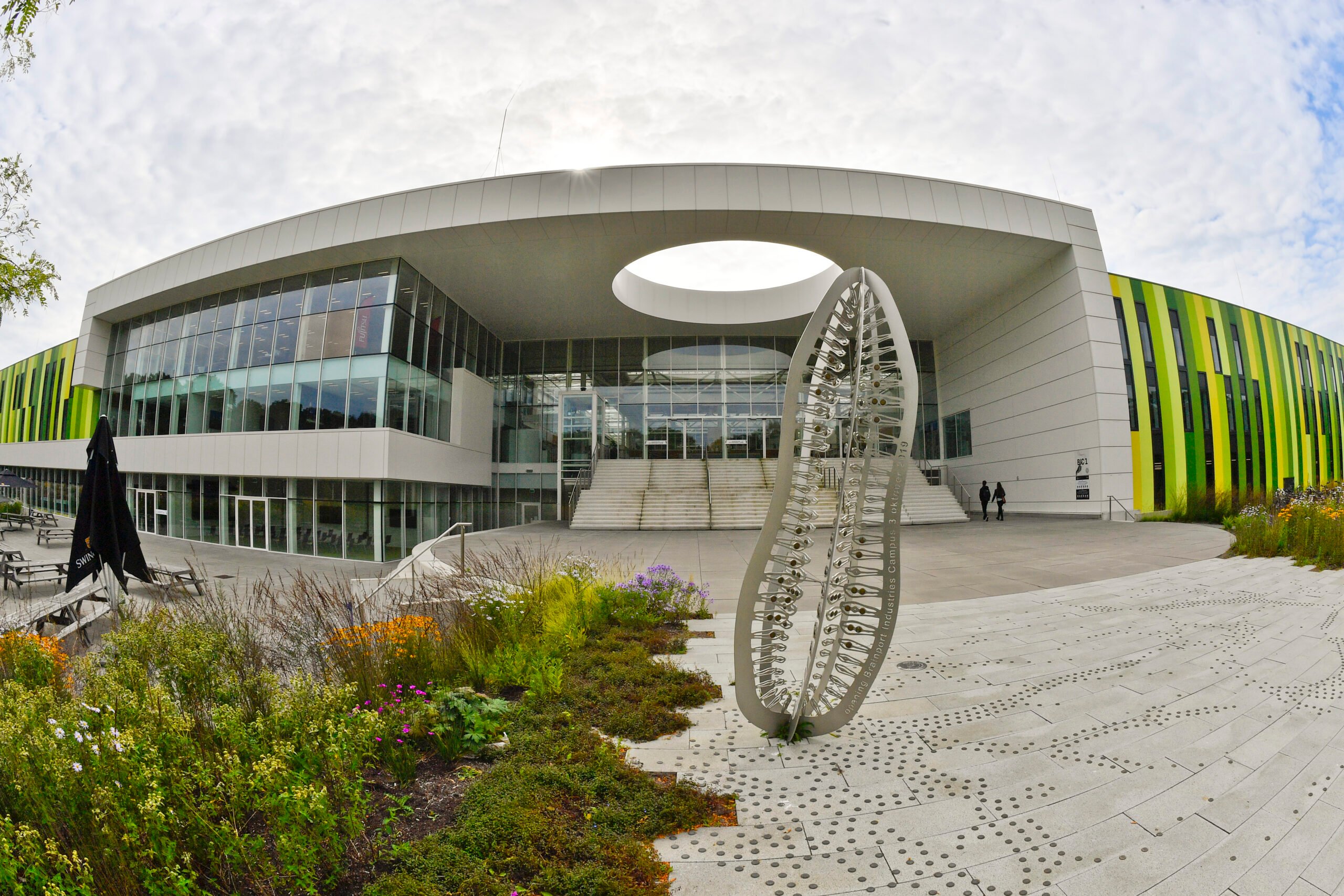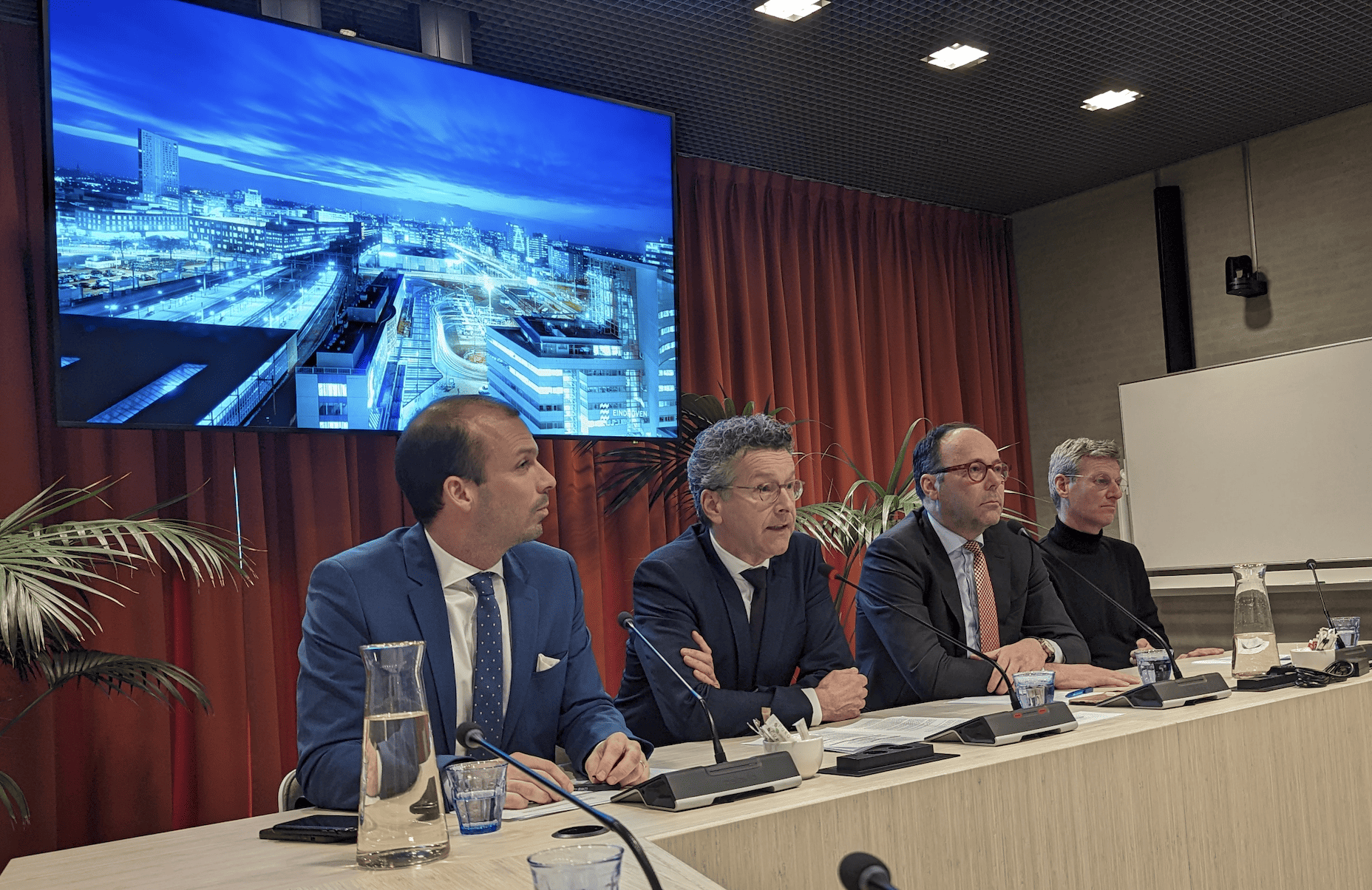
It’s not about Eindhoven or Brainport, but about the whole country. Or rather, about Europe. If one argument stood out above all others in the campaign that Eindhoven Mayor Jeroen Dijsselbloem poured over the cabinet, it is that those billions are not meant for Brainport alone. The impact goes much further than that.
This message was also the common thread in the press conference that Dijsselbloem gave this evening together with Brainport Development director Paul van Nunen, deputy Martijn van Gruijthuijsen, and Alderman Stijn Steenbakkers in the Eindhoven city hall. The reason for the press interview was the decision of the national, provincial, and regional governments to invest a total of 2.51 billion euros in public facilities in Brainport Eindhoven and its surroundings, as well as in a national talent plan until 2030. The plans are a direct result of the threat recently posed by ASML to stop expanding in the Brainport region and possibly go abroad.
Of national importance
“The innovative manufacturing industry, particularly the semicon sector, is growing solidly and is increasingly part of the geopolitical developments,” Dijsselbloem said. “And so this industry is decisive for the future economy of the Netherlands. What happens here, thanks to nearly 6,000 tech companies and knowledge and educational institutions, is unique and of great national importance.” Further development will only succeed if the livability and accessibility of the region are guaranteed, the mayor said. “It is about growth in balance, with an eye for prosperity and well-being of people. That is why we have asked the State to help us so that the pressure on the region does not become too high.”
Dijsselbloem had asked for 5 to 8 billion for the period up to 2040. That “only” half of that amount is awarded today is anything but a disappointment, he announced tonight. “I understand that the outgoing cabinet cannot take too big steps. Hence, they have limited themselves to the period up to 2030. This is the first phase to implement the whole program that is needed.”
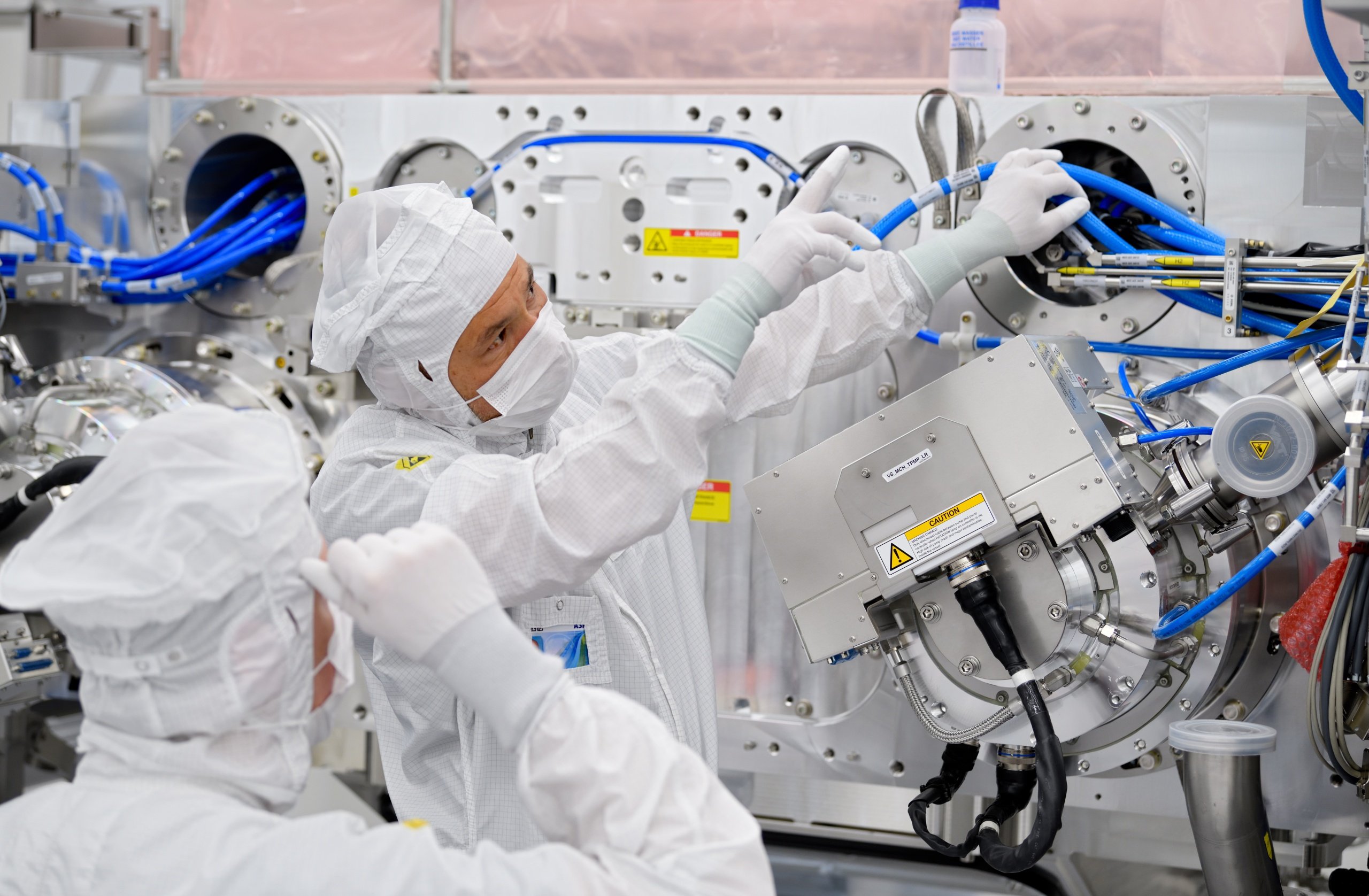
Delft, Twente and Groningen
One part of the support package focuses on talent. The growth of the semiconductor industry requires lots of additional employees at all levels. To meet this demand, there will be a national microchip talent reinforcement plan in which educational institutions in Delft, Twente, and Groningen will also participate. Paul van Nunen: “We may well pause to consider the importance of our technology and industry for the Netherlands. But let’s also get back to work quickly. We, as Brainport, cannot do this alone. We will tackle this with Twente, Delft, Groningen, and the ministries.”
In addition to the support for all regular training, 50 million euros will be made available for retraining and upskilling to get underrepresented target groups into training. Moreover, the Eindhoven region is counting on an additional government investment of 150 million euros to house schools in primary and secondary education.
Deputy Martijn van Gruijthuijsen also underlined the national importance: “Brabant, and Brainport in particular, is the growth engine of the Dutch economy. Here lies the basis for the Dutch earning power of the future.”
Mobility
Brainport alderman Stijn Steenbakkers focused on the mobility task, where almost half of the total amount will go. He announced a sunken bus station, a fast bus line along the campuses, and a wider A2 motorway. All the infrastructure changes will also enable the construction of 20,000 homes on Fellenoord. Houses must also be built elsewhere in the Brainport region, which is why there is a subsidy of 10,000 euros per house for all 21 municipalities as compensation for the “unprofitable top” that housing construction now faces.



